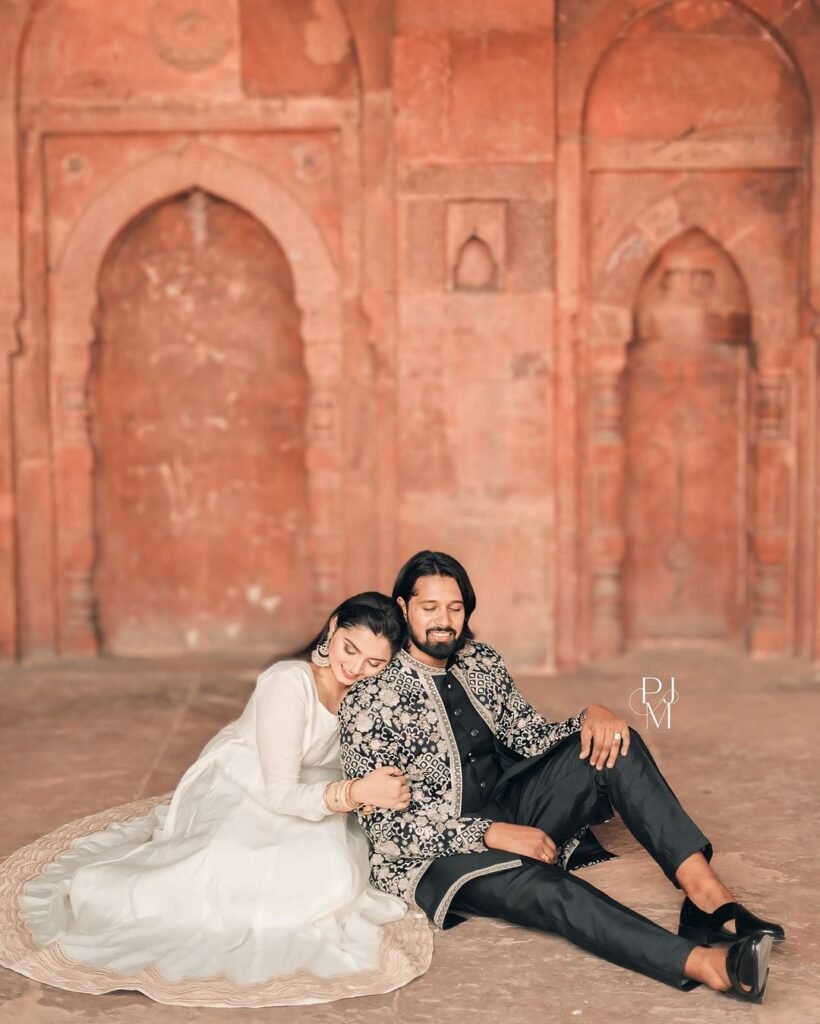Cinematography



!. First of all, what is cinematography?
The art and practice of capturing visual pictures for film, television, or digital media is known as cinematography. The director of photography (DP), sometimes known as the cinematographer, is in charge of a production’s lighting, composition, camera movement, and overall appearance. Since it influences the audience’s emotional and visual perception of the story, cinematography is essential to storytelling.


- A Cinematographer’s Role
The primary visual narrator in a movie is a cinematographer, sometimes referred to as a director of photography (DP). To improve the story, they are responsible for selecting the appropriate camera angles, lenses, lighting configurations, and color palettes. They collaborate closely with the filmmaker to realize a common vision, making sure that every shot conveys to the viewer the appropriate feelings and mood.
Cinematography’s Development
Since the development of motion pictures, cinematography has undergone substantial change. The means and techniques of cinematography have evolved from the silent era with simple, static views to the use of digital cameras, drones, and computer-generated imagery (CGI) today, enabling filmmakers to produce ever more visually stunning and immersive experiences. In addition to raising the caliber of movies, this development has increased the creative potential of visual narrative.


The value Of Lighting in Filmmaking
One of the most important aspects of cinematography is lighting. A scene’s mood and atmosphere can be influenced by the way light interacts with the subject and surroundings. Lighting is used by a cinematographer to draw attention to important actors, provide nuance, and arouse particular feelings. A film’s overall visual style and tone are influenced by various techniques, including natural lighting, low-key lighting, and three-point lighting.
The Importance of Camera Angles
In cinematography, camera angles are strong instruments that can affect how viewers interpret a scene. A subject may appear little or defenseless in a high-angle photograph, whereas they may appear strong or imposing in a low-angle photograph. Dutch angles, wide shots, close-ups, and over-the-shoulder shots all have distinct narrative functions and enhance the film’s emotional resonance and narrative flow.
The Application of Lenses In Filmmaking
A cinematographer’s primary tool is a lens. Various lenses, including macro, telephoto, and wide-angle lenses, change how perspective and space are seen in a picture. The lens selection influences the image’s overall appearance, compression of space, and depth of field, or how much of the image is in focus. An essential component of a cinematographer’s work is knowing how to select the appropriate lens for each scenario.
Cinematography Composition and Framing
The placement of visual components within a frame that directs the viewer’s attention to particular features of a scene is known as composition. Important details about the story can be communicated to the audience via the positioning of the performers, props, and background components. The rule of thirds, leading lines, and the use of negative space are important compositional elements that help create an image that is both aesthetically pleasing and functional.

Cinematography Science: Comprehending Exposure
The amount of light that strikes the film or digital sensor and alters the image’s brightness is known as exposure. To manage exposure, cinematographers combine ISO levels, shutter speeds, and aperture settings. Achieving the ideal balance of highlights, midtones, and shadows in a picture requires proper exposure. Excessive or insufficient exposure might detract from the desired tone or mood and degrade the quality of the image.
Knowing How Depth of Field Affects Cinematography
The range of distance within a shot that looks in focus is referred to as depth of field. Using lenses and aperture settings, cinematographers control depth of focus to highlight particular areas of the scene. When only a tiny section of the image is in focus, a shallow depth of field can isolate a subject, highlighting emotional moments or fostering intimacy. Expansive landscapes or intricate sceneries with numerous points of interest can be displayed with a deep depth of field, where everything is in focus.
Documentary Filmmaking Cinematography
Since the goal of documentaries is to capture real-world issues and occurrences, their cinematography frequently deviates from that of typical narrative filmmaking. Cinematographers for documentaries need to be adept at improvising and adjusting to unforeseen circumstances. In order to captivate the viewer and deliver the desired message, they must capture genuine events while yet following the rules of visual storytelling.